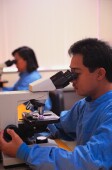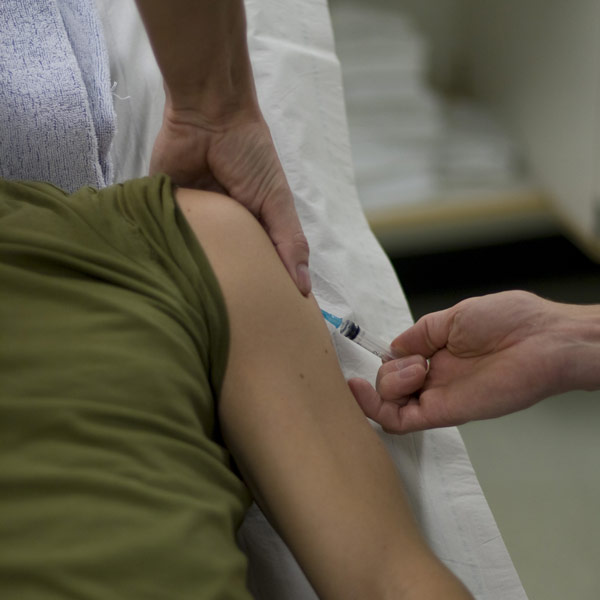
THURSDAY, Jan. 21 (HealthDay News) — New technology has made it possible, for the first time, to track the potentially deadly bacteria MRSA around the world or from one person to another, a new study reports.
The ability to track MRSA (methicillin-resistant Staphylococcus aureus) can help scientists figure out how the bacteria mutates and spreads so fast. It also could lead to better ways to control the infection as well as other emerging “superbugs,” researchers say.
“This is the first demonstration of a new approach to genome sequencing,” Stephen Bentley, from the Wellcome Trust Sanger Institute in England and senior author of the study, said during a Wednesday teleconference.
“This is set to revolutionize genetic sequencing in general, and, I believe, a particular impact will be seen with bacteria, and more particularly, those bacteria which cause infectious disease,” he said.
The aspect of MRSA that makes it so concerning is that it is resistant to many antibiotics. One theory holds that the bacteria developed in response to the overuse of antibiotics. The current treatment is with an antibiotic called vancomycin, but the fear is that the bacteria could become resistant to this drug, too.
Although MRSA is usually not serious in healthy people, it can cause serious complications, including organ failure and death, if it enters the bloodstream. The presence of MRSA in hospitals is a particularly worrisome occurrence.
The new findings are published in the Jan. 22 issue of Science.
To make their discovery, the researchers used a new method of sequencing DNA, which enabled them to quickly see single mutations in the genetic code of the bacteria and identify differences between closely related strains of MRSA in 62 samples.
“We showed that mutations in MRSA occurred far faster than previously thought,” the study’s co-lead author, Dr. Simon Harris, also from the Sanger Institute, said during the teleconference.
Using the new technology, the researchers were able to see how fast MRSA mutated. In the strain of the bacteria they studied, mutations happened about every six weeks.
To understand how MRSA spreads around the world, the researchers looked at bacteria samples from hospitals in North and South America, Europe, Asia and Australia over a period of more than 20 years.
By tracking changes in the genetics of the bacteria, they were able to develop an “evolutionary tree of MRSA.”
Using this method, they found that one strain of MRSA first developed in Europe in the 1960s about the time antibiotics were starting to be widely used — a finding the researchers said adds credence to the theory that MRSA is a product of the overuse of antibiotics.
In addition, 20 MRSA samples came from one hospital in Thailand. Using those samples, the researchers were able to show how the same MRSA infection was transmitted within the hospital, Harris said.
MRSA is a common infection in hospitals, study co-author Sharon Peacock, a professor of clinical microbiology at the University of Cambridge and Faculty of Tropical Medicine at Mahidol University in Bangkok, said during the teleconference.
“In the U.S., MRSA infections doubled from 127,000 cases in 1999 to 278,000 cases in 2005,” she said. “Also in the U.S., annual deaths increased from 11,000 to 17,000 from MRSA problems in the same time frame.”
Peacock said that the new technology will enable doctors to study MRSA in such fine detail that “it will become possible to determine routes of MRSA transmission in a localized setting, such as a ward or a hospital.”
This could identify “hot spots” of MRSA transmission, which could lead to better infection control, she said.
Dr. Pascal James Imperato, dean of the School of Public Health at the Downstate Medical Center in New York City, said he agreed with the contention that MRSA developed because of the widespread use of antibiotics.
“This research describes the use of a newer technique to characterize the genetics of MRSA strains, to elucidate their evolution and to track their epidemiology worldwide,” Imperato said. “Although it is a useful research tool at present, there are possibilities for its greater use in the future in the contexts of clinical medicine and public health.”
“The results of this study also confirm that the evolution of resistant strains and their spread are primarily driven by antibiotic use,” Imperato said.
More information
The U.S. Centers for Disease Control and Prevention has more on MRSA.

